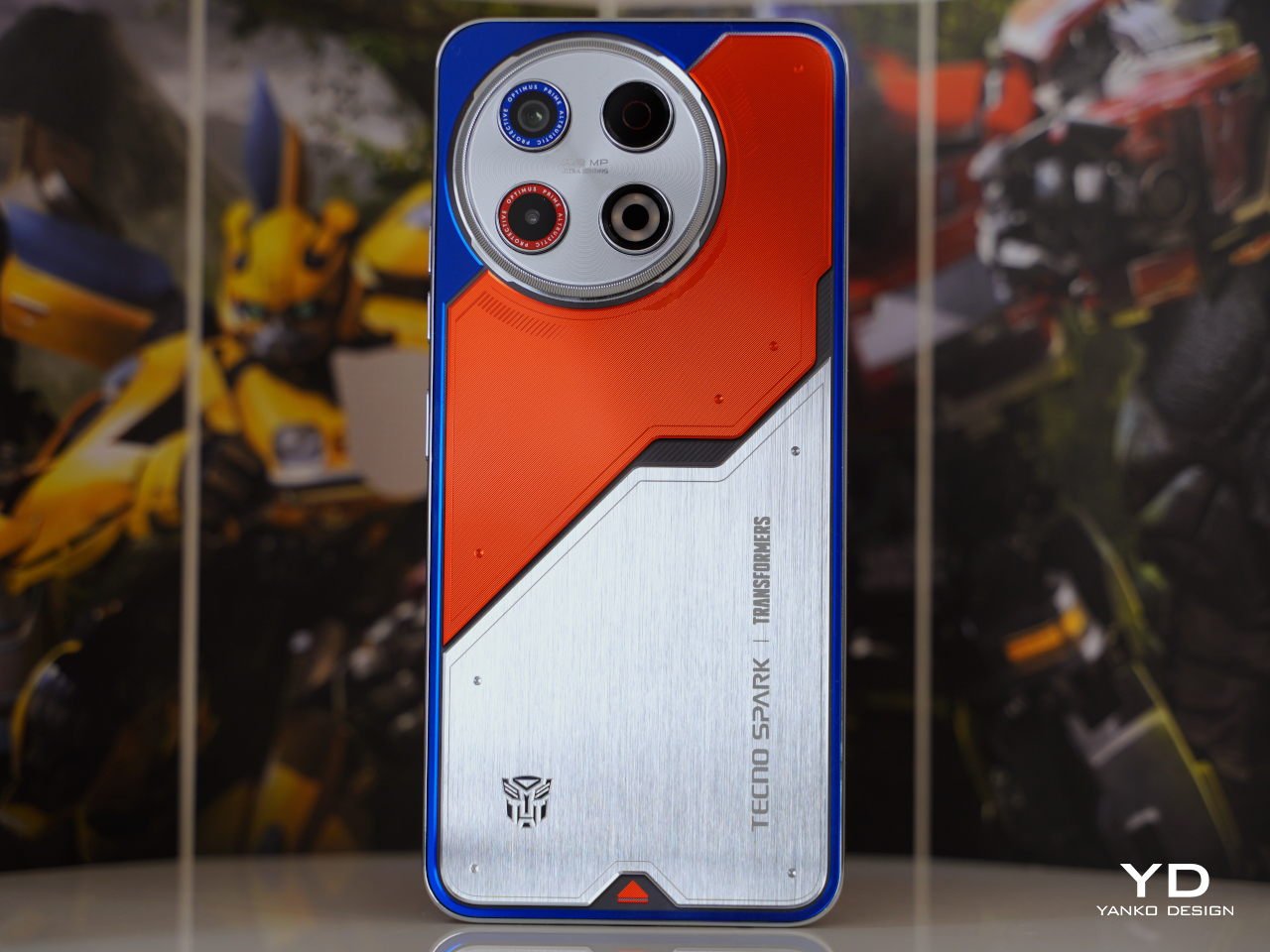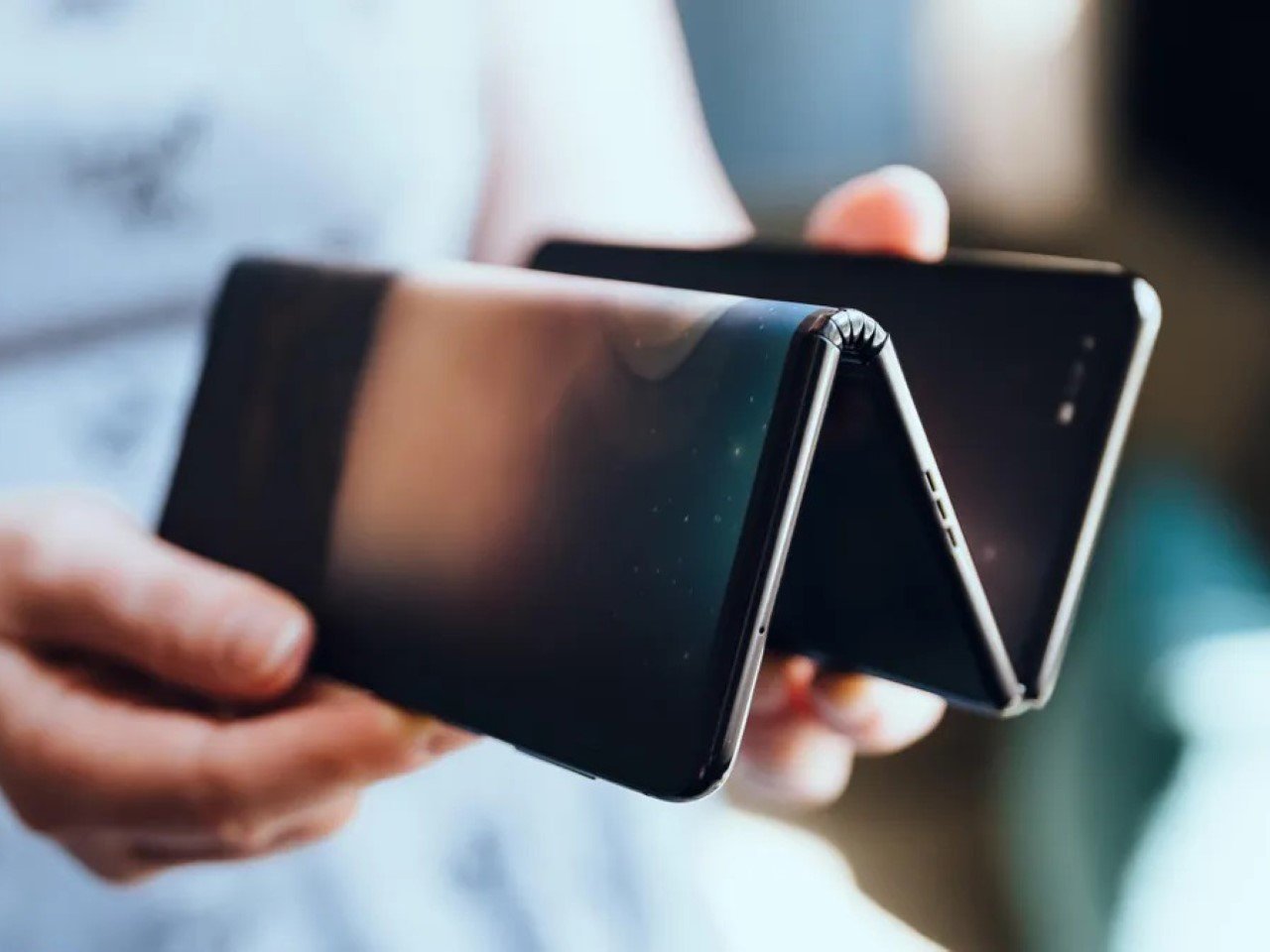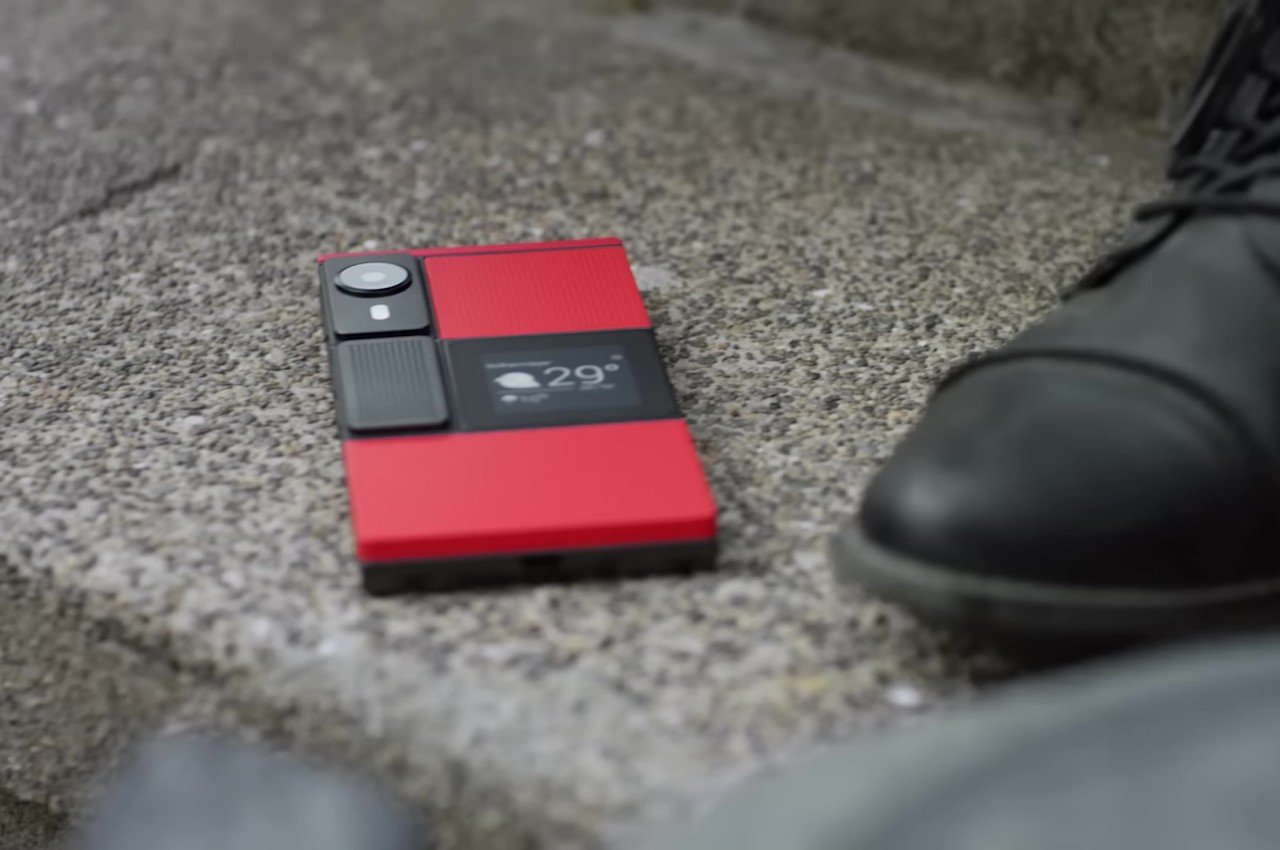OPPO Find N5 Review: Engineering Excellence, Productivity Powerhouse
![]()
PROS:
- Super-thin and lightweight design
- Almost undetectable crease
- Great main and telephoto camera performance
- Fast wired and wireless charging
CONS:
- Underwhelming 8MP ultrawide camera performance
- Speakers are only on the front screen side
RATINGS:
EDITOR'S QUOTE:
The OPPO Find N5 stands out in the growing foldable market, offering an impressive package for those seeking a high-end, versatile, and reliable foldable smartphone.
I was a big fan of the OPPO Find N3, so when I heard rumors that OPPO might be exiting the foldable market, I was disappointed. That’s also why I was excited when I received the news that OPPO is indeed launching a new book-style foldable phone. What I liked about the Find N3 was that its camera performance didn’t feel like a compromise, something that was not always the case with many foldable phones when the Find N3 was released. While having a powerful imaging system on a foldable phone means dealing with a sizable camera bump, it was a trade-off I was happy to live with.
The foldable phone landscape varies significantly across regions. While US consumers are limited to Samsung, Google, and OnePlus, international markets enjoy a more diverse selection, with brands like Xiaomi, Vivo, Huawei, and others competing to deliver increasingly sophisticated foldable devices. Now, roughly 15 months after the Find N3’s debut, OPPO has unveiled the Find N5, pushing boundaries once again.
Designer: OPPO
The Find N5 brings a lot to the table. It’s the world’s thinnest book-style foldable, the first foldable powered by the Snapdragon 8 Elite, and the first foldable certified with IPX6, IPX8, and IPX9 ratings. As a longtime admirer of the Find N3 Fold, I approached the Find N5 with high expectations. Let’s see how it stacks up.
Aesthetics
We are at a time when flagship smartphones are moving away from large camera bumps, and the OPPO Find N5 makes a bold yet elegant statement. The camera island has been thoughtfully redesigned, achieving a 20% reduction in thickness compared to its predecessor while retaining OPPO’s distinctive Cosmos Ring design. This refined approach creates a more sophisticated profile that aligns with the phone’s premium positioning.
![]()
The Find N5’s design philosophy emphasizes clean lines and minimal ornamentation, yet manages to maintain visual interest through careful material selection and finish details. Available in two colorways, each variant offers a unique aesthetic appeal. The Cosmic Black variant features a sophisticated matte back panel that evokes a deep, mysterious appearance resembling frosted glass. Its matte gray frame creates a seamless, monolithic appearance that exudes understated luxury.
![]()
The Misty White variant, on the other hand, incorporates nano-lithography technology to create an ethereal, constantly shifting pattern across its back panel. This finish catches and plays with light in subtle ways, creating an almost ethereal effect as you move the device. The silver frame provides a striking contrast that highlights the phone’s premium construction while adding a touch of brightness to the overall design.
![]()
Both colorways share a similar textured back that delivers an exceptionally refined tactile experience. The surface treatment not only provides a pleasant silky touch but also helps minimize fingerprints and smudges, maintaining the phone’s pristine appearance during daily use.
Ergonomics
The Oppo Find N5 claims the title of the world’s thinnest book-style foldable, measuring just 4.21mm when unfolded and 8.93mm when folded. The phone’s dimensions are 160.87mm x 145.58mm x 4.21mm when unfolded, and 160.87mm x 74.42mm x 8.93mm when folded. The Find N5 boasts more than just thinness; it’s also very light, weighing only 229g. To put it in perspective, that is only 6.8mm thicker and 2g heavier than the iPhone 16 Pro Max.
![]()
Despite its slim profile, the device feels robust and well-engineered. Holding the folded Find N5 feels almost like holding a slab phone, and it fits comfortably in your palm or pocket. Oppo revisited almost every componentfrom the motherboard to the USB-C port, the hinge, and the frameto achieve this balance of thinness, lightness, and durability.
Another impressive feature of this phone is the crease, or rather, the lack of one. It’s barely noticeable both visually and tactically. You wouldn’t notice the crease unless you look at it from a certain angle. What’s even more remarkable is that you hardly feel it when you run your finger across it, both in terms of width and depth. The Find N3 already had a very subtle crease, but the Find N5 takes it to the next level, with a crease that is 10% narrower and 50% shallower. It has the most deceptive crease of any foldable phone I’ve ever tried.
![]()
The hinge feels consistent throughout its range of motion. Unlike the inconsistent hinge of the Samsung Galaxy Z Fold 6 or the more effort-demanding hinge of the Pixel Fold, opening and closing the N5 feels smooth and fluid. Unfortunately, the Find N5’s hinge isn’t as steady when the phone is opened at a wider angle. There were a few occasions when the phone slowly opened flat while I was watching a video with the phone at about a 95 to 100-degree angle.
![]()
Another thing to note is the position of the volume rocker: it’s too high. You’ll need to shift your palm or hold the phone with two hands to reach it. Also, when I hold the phone open, with my pinky finger supporting most of the weight, it digs into my pinky. But this probably has to do with the position of my pinky, as I tend to support the phone with the side of my pinky near the nail. If I support it with the pad of my pinky, it’s not an issue.
Performance
![]()
Display quality stands as one of the Find N5’s strongest features. The outer 6.62-inch OLED screen (2616 x 1140 resolution, 431 PPI) delivers impressive brightness up to 1600 nits outdoors. The inner 8.12-inch OLED display (2248 x 2480 resolution, 412 PPI) reaches 1400 nits of outdoor. Both screens feature adaptive 1-120Hz refresh rates with LTPO technology and support HDR10+ and Dolby Vision. The outer display’s 20.7:9 aspect ratio provides a familiar smartphone experience, while the inner screen’s 9.9:9 ratio creates an immersive viewing canvas. The transition between displays is seamless, enhancing the overall user experience.
![]()
The Find N5 features stereo speakers, but they are only located on the outer screen side. This design choice reduces the immersive experience, as you’ll notice the sound coming from just one side of the phone when watching content with the phone unfolded.
![]()
![]()
![]()
Powered by the Snapdragon 8 Elite chipset, the Find N5 handles multitasking and intensive workloads effortlessly, maintaining cool temperatures even under pressure. Find N5 runs ColorOS15.0.1 based on Android 15. The improved Boundless View makes multitasking, switching between apps, copy and paste easy and seamless. Find N5 further enhances productivity through various AI features, including AI Document for translation and summarization, and AI Call Summary for transcribing audio conversations.
![]()
![]()
![]()
One of the standout features is O+ Connect for Mac, which builds upon OPPO’s existing file transfer capabilities between OPPO devices and iOS and iPadOS. This new functionality enables remote Mac control through the Find N5, though it requires the O+ Connect application to be installed on your Mac. The device also supports the OPPO Pen, adding another layer of productivity and creativity. However, testing this feature wasn’t possible during the review period, as I was unable to acquire the OPPO Pen.
![]()
![]()
![]()
![]()
The Find N5’s imaging system builds upon OPPO and Hasselblad’s photography expertise, featuring a triple-camera array. The 50MP main camera shares the same Sony LYT-700 sensor (1/1.56-inch, f/1.89) with Optical Image Stabilization (OIS) as the Find X8, delivering excellent results in both daylight and low-light conditions. Images show impressive sharpness, accurate white balance, and strong dynamic range.
![]()
![]()
![]()
![]()
![]()
Accompanying the main sensor is a 50MP telephoto camera (1/2.75-inch sensor, f/2.7) with OIS, offering 3x optical zoom and 6x lossless zoom capabilities. While the camera technically supports up to 120x zoom, image quality deteriorates significantly beyond 6x. The telephoto lens doubles as a capable macro shooter with a 10cm focal length.
The 8MP ultra-wide camera (15mm-equivalent, 116-degree field-of-view, f/2.2) proves to be the system’s weak point, particularly in challenging lighting conditions. This limitation is especially disappointing given the foldable form factor’s unique advantage for selfie composition using the outer display as a viewfinder.
![]()
![]()
![]()
![]()
![]()
Video capabilities include 4K 60fps recording on both main and telephoto cameras, while the ultra-wide is limited to 4K 30fps. Camera switching during video recording is possible but lacks smoothness in transition.
OPPO has managed to pack an impressive 5600mAh battery into the Find N5’s slim frame, complemented by robust charging capabilities. The device supports 80W SuperVOOC wired charging and 50W AirVOOC wireless charging, ensuring quick power replenishment when needed. Battery performance is particularly noteworthy given the device’s form factor. The Find N5 easily handles a full day of heavy usage, including extended periods of content consumption on the larger inner display and intensive camera use. This endurance is especially impressive considering the power demands of the big inner screen.
![]()
![]()
![]()
Sustainability
One of the concerns many people have when it comes to foldable phones is durability. The hinge is the essential element of a foldable phone, forming the foundation of its structural integrity and ensuring its overall durability. The hinge of Find N5 is crafted from aerospace-standard Grad 5 titanium alloy and utilizes advanced 3D printing technology to achieve precision and strength.
Just like the hinge, the inner screen is subjected to the physical stress of opening and closing. To address this, N5 uses what it calls a Dual Shielded Flexible Screen. This technology employs an ultra-thin stainless steel plate, ultra-thing glass, and an exclusive anti-shock film, making Find N5 70% more shock-resistant compared to the previous generation, according to Oppo.
![]()
The other worry that comes with a foldable phone is its vulnerability to water. Luckly Find N5 is IPX6, IPX8, and IPX9-rated, which means it can withstand submersion and high-pressure, high temperature. While it does not have an official rating for dust protection, protection against extreme water conditions gives you peace of mind whether you are caught in the rain or accidentally drop the phone into water.
As for the update, Find N5 will get 4 years of Android updates and 5 years of security updates. This is pretty much the industry standard when it comes to software support, so it’s reassuring that OPPO isn’t cutting corners here. Improving the phone’s longevity plays an important role in reducing its negative impact on the environment as time goes by.
Value
The OPPO Find N5 is a remarkable device, showcasing cutting-edge foldable smartphone technology. Its engineering achievementssuch as its thin profile, innovative hinge, and durabilityposition it as a premium option in the foldable space. You’d be hard-pressed to find such a potent laundry list of desirable bullet points in a single device.
![]()
While its retail price and market availability will play significant roles in determining its value, the combination of advanced features, productivity tools, and exceptional build quality makes the Find N5 a strong contender in the high-end foldable market. If you’re looking for a blend of portability, build quality, productivity, and camera performance, the Find N5 delivers a compelling package.
Verdict
The OPPO Find N5 represents a refined approach to foldable smartphone design, addressing many common issues associated with the form factor. OPPO has delivered a well-polished device that’s practical for everyday use, with features like its slim profile, near-invisible crease, and water resistance.
Its standout achievements include impressive camera performance, seamless display transitions, and a solid balance between portability and battery life. The integration of productivity features like O+ Connect for Mac and AI tools further elevates its utility.
The OPPO Find N5 stands out in the growing foldable market, offering an impressive package for those seeking a high-end, versatile, and reliable foldable smartphone. As foldables continue to mature, the Find N5 suggests that OPPO is leading the charge in refining this exciting technology.
![]()
The post OPPO Find N5 Review: Engineering Excellence, Productivity Powerhouse first appeared on Yanko Design.














